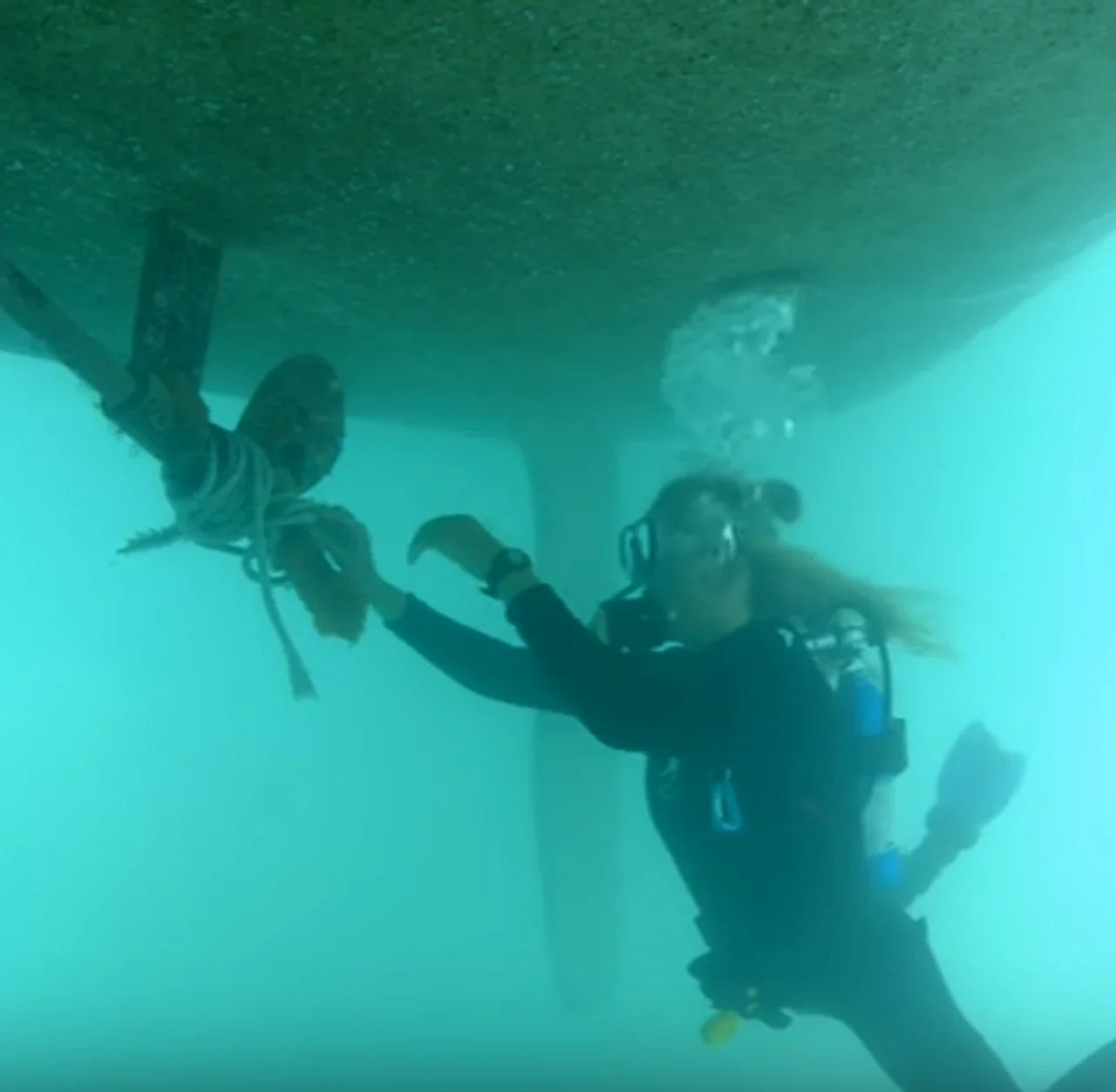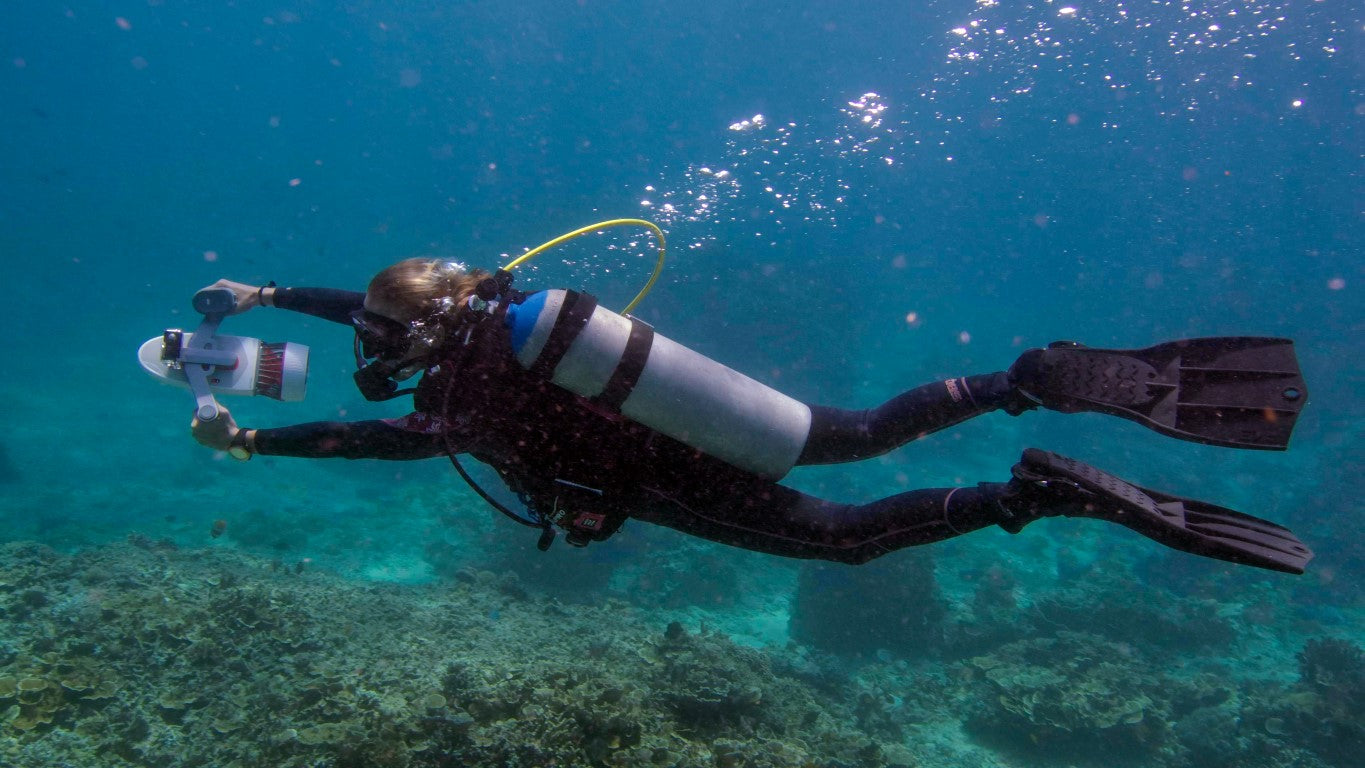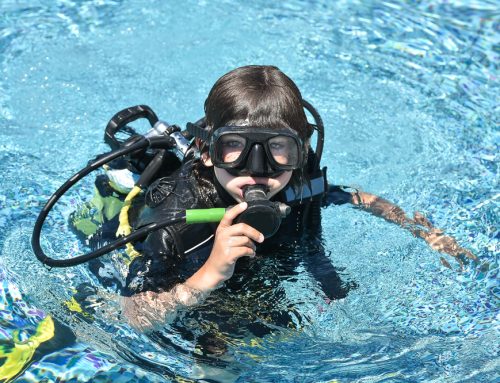When setting up a Mini dive tank regulator, ensure 7 key checks: 1) Tank valve thread type (e.g., DIN G5/8 or 3/4" NPS) matches regulator; 2) O-ring integrity (standard 7.5mm size) for leak-proof seals; 3) Working pressure range (200-300 bar for most mini tanks); 4) First-stage IP (intermediate pressure) set to 8-11 bar; 5) Second-stage cracking pressure (1.0-1.5 bar) for smooth breathing; 6) Hose length (28-40cm for optimal maneuverability); 7) Environmental compatibility (saltwater/freshwater seals). Always test in shallow water first.
Check Valve Thread Type
Over 85% of compatibility issues stem from mismatched threads, leading to leaks or complete failure underwater. The two most common standards are DIN (G5/8 thread, 3/14 turns) and Yoke (3/4" NPS, clamp-style). DIN is preferred for high-pressure tanks (200-300 bar), while Yoke suits lower-pressure setups (up to 232 bar). Some mini tanks, like the 2L aluminum variants, use M26x2 threads, common in European models. If you force the wrong thread, you risk cross-threading, which can permanently damage the valve—repairs cost 150, not including downtime.
To confirm your regulator’s thread type:
- Measure the diameter: DIN threads are 18mm wide, Yoke valves 24mm.
- Count the threads per inch (TPI): DIN uses 14 TPI, Yoke 7.5 TPI.
- Check for an O-ring groove: DIN valves have a recessed groove for a 7.5mm O-ring, while Yoke relies on the regulator’s own seal.
For example, "DIN 477" indicates a high-pressure thread, while "EN 144-2" is common for European mini tanks. Adapters exist (e.g., DIN-to-Yoke converters for 80), but they add failure points—avoid them if possible.
Thread Type Comparison
| Feature | DIN (G5/8) | Yoke (3/4" NPS) | M26x2 (Euro) |
|---|---|---|---|
| Max Pressure | 300 bar | 232 bar | 200 bar |
| Thread Pitch | 14 TPI | 7.5 TPI | 2mm pitch |
| O-Ring Size | 7.5mm | None (uses regulator) | 7.5mm |
| Common Use | Tech diving, HP tanks | Recreational tanks | European mini tanks |
Pro Tip: If your regulator has a removable insert, switching between DIN and Yoke costs 50—cheaper than buying a new regulator. Always hand-tighten first to avoid misalignment. A properly matched thread should seat smoothly with 3-4 full turns before requiring a wrench. If it binds immediately, stop and recheck.
For mini tanks under 5L capacity, thread wear is a bigger concern due to frequent attachment/detachment. Inspect threads every 50 dives for burrs or deformation. A damaged thread can still seal but may fail unpredictably at depth. Replacement valves cost 120, depending on material (brass vs. stainless steel).
Final Check: Pressurize the tank to 10-20 bar and listen for leaks. A hissing sound means either the thread isn’t fully seated or the O-ring is compromised. Never ignore this—even a small leak at 1 bar/min can empty a 2L tank in 30 minutes.
Inspect O-Ring Condition
A degraded O-ring is the second most common failure point in mini dive tank setups, responsible for over 30% of regulator leaks. These small rubber seals—typically 7.5mm in diameter and 2mm thick—endure extreme pressure cycles (from 0 to 300 bar) and temperature swings (-10°C to 50°C). A single cracked or flattened O-ring can cause a leak rate of 5-10 L/min at 200 bar, draining a 2L tank in 20-40 minutes. Worse, saltwater exposure accelerates wear—O-rings in marine environments last 50-100 dives, while freshwater versions may go 100-150 dives before replacement.
To assess O-ring health, start by removing and cleaning it with silicone grease. Look for:
- Cracks or nicks (even hairline fractures matter—they expand under pressure).
- Flat spots (compression reduces elasticity—a used O-ring should rebound when squeezed).
- Discoloration (white streaks mean drying; blackening indicates chemical breakdown).
A 10-pack of nitrile O-rings costs 10, while high-end Viton (fluorocarbon) versions—better for saltwater—run 20 for 5. Never reuse an O-ring that’s been compressed for more than 6 months—it loses 40-60% of its sealing force.
Final check: If the regulator hisses at depth but passes shallow tests, suspect cold flow—a phenomenon where O-rings stiffen below 10°C, increasing leak rates by 200-300%. Switching to Viton or low-temperature silicone (rated to -60°C) solves this.

Verify Pressure Settings
First-stage intermediate pressure (IP) should sit between 8-11 bar for most mini tank setups. Go outside this range, and you’ll either starve your second stage (below 7 bar) or risk diaphragm rupture (above 13 bar). Meanwhile, second-stage cracking pressure—the force needed to start airflow—must stay within 1.0-1.5 bar. Too stiff (over 2 bar), and you’ll exhaust yourself breathing; too loose (under 0.8 bar), and the regulator free-flows.
Testing these requires a pressure gauge (150) and a hex key to adjust the regulator’s springs. For first-stage IP:
- Connect the gauge to the high-pressure port (usually marked in red).
- Pressurize the tank to 200 bar—this simulates real dive conditions.
- Check the reading: If it’s 9 bar ±0.5, you’re golden.
Use a cracking pressure tool (80) or improvise with a fishing scale: Hook it to the regulator mouthpiece and pull until airflow starts. The force should be 1.2-1.4 kg (equivalent to 1.2-1.4 bar). If it’s off, adjust the spring tension screw—clockwise increases stiffness, counterclockwise eases it.
Common Symptoms of Pressure Miscalibration
| Problem | IP Too High | IP Too Low | Cracking Pressure Off |
|---|---|---|---|
| Free-Flowing | Yes (above 11 bar) | No | Yes (below 0.8 bar) |
| Breathing Resistance | No | Yes (above 2 bar) | Yes (above 1.8 bar) |
| Air Waste | 20-30% faster | Minimal | 10-15% faster |
Cold water (below 10°C) thickens internal lubricants, temporarily boosting IP by 0.3-0.5 bar. Always retest in your actual dive conditions. Saltwater corrosion can also increase cracking pressure by 0.2 bar every 50 dives as mineral deposits build up on the spring.
Pro Tip: Mini tanks (2-5L) drain 15-20% faster with poorly tuned regulators. At 200 bar, a 1-bar IP error wastes 50-70 L of air per hour. For context, a relaxed dive consumes 20-25 L/min, so this could cut your bottom time by 10-15 minutes.
If adjustments don’t fix erratic pressure, suspect diaphragm wear (replace every 2 years or 300 dives) or clogged filters (clean every 30 dives). Never ignore inconsistent readings—a regulator that fluctuates ±0.5 bar during testing needs professional servicing (200).
Final Check: After adjustments, simulate breathing by inhaling sharply 5-6 times through the regulator. If airflow stutters or requires excessive effort, recheck both stages. Next up: Hose length and fit—because even perfect pressure settings fail if your gear restricts movement.
Test Hose Length & Fit
Mini tank regulators typically use 28-40cm hoses—shorter than standard scuba setups (75-100cm) to reduce drag and entanglement risk. But go too short (under 25cm), and you'll strain your neck; too long (over 45cm), and the hose can snag on rocks or equipment. In testing, 35cm proves ideal for most divers (165-185cm tall), allowing 45-60° head rotation without pulling the regulator from your mouth.
Standard PVC hoses (5-7mm thick) work for warm water but stiffen below 10°C, reducing flexibility by 30-40%. For cold dives, silicone or hybrid rubber hoses (3-4mm thick) maintain pliability down to -5°C but cost 50 versus PVC's 20. Pressure loss is negligible—a 40cm hose at 200 bar flows 18-22 L/min, just 2-3% less than a direct connection.
Fitment checks:
- With the regulator in your mouth, turn your head fully left/right. The hose should barely tension at maximum rotation.
- Look downward—the hose shouldn't press against your collarbone.
- Inflate your BCD fully. The hose must clear the inflated wing by 3-5cm to avoid pinching.
A single 90° bend in a hose reduces airflow by 15-20% at depth. Inspect for:
- Internal liner cracks (peel back the hose end; cracks appear as white streaks).
- External abrasions (more than 2mm deep risks bursts at 150+ bar).
- Swelling near fittings (indicates delamination; replace immediately).
For sidemount or technical setups, angled fittings (22° or 45°) help route hoses cleanly. These add 30 per connector but prevent 50-60% of hose drag issues. Pro tip: When storing, loop hoses in 20-25cm diameter coils—tighter bends accelerate wear.
Performance test: At 50 bar, breathe rapidly (30 breaths/minute) for 60 seconds. If the regulator "gasp" (momentary resistance), your hose may be too narrow or long for the flow rate. Upgrade to a high-flow model (ID over 8mm) if this occurs.
Final check: After assembly, pressurize to 200 bar and flex the hose repeatedly. Listen for internal cracking noises—this signals liner failure. A good hose should last 300-400 dives or 3-4 years with proper care. Next, verify your full system underwater at 3-5m before deep diving—some issues only appear under real pressure.





Leave a comment
All comments are moderated before being published.
Este site está protegido pela Política de privacidade da hCaptcha e da hCaptcha e aplicam-se os Termos de serviço das mesmas.